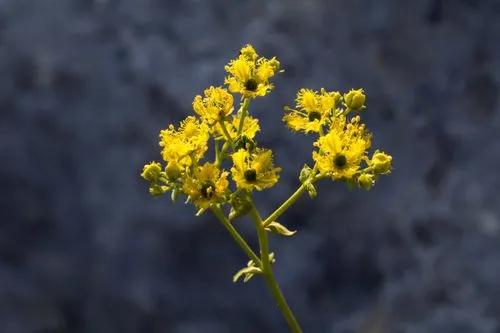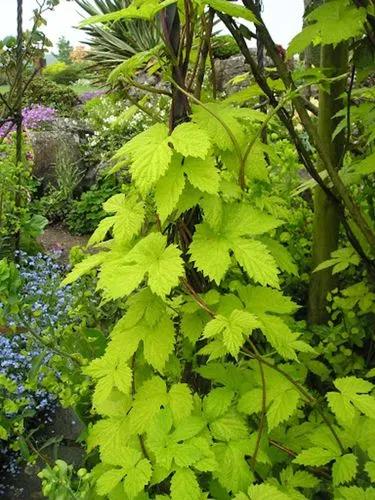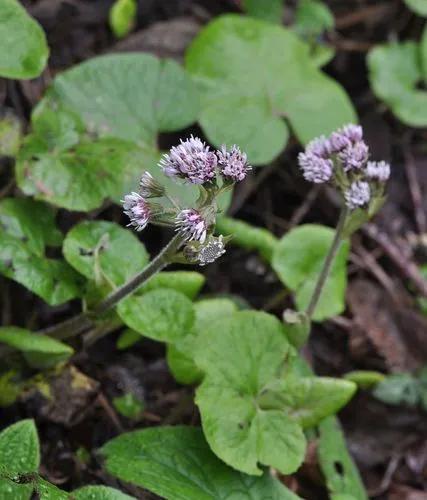Tillandsia bulbosa is widespread throughout Central and South America; growing in countries such as Colombia, southern Mexico, Venezuela and the West Indies. It grows in dense masses on trees in open woods, in dense forests, in mangrove thickets along the coast, and on lianas on the shores of rivers from sea level to an altitude of 1400 meters. It is a small epiphyte, which reaching up to 25-30 cm in length, with the leaves narrow, and curled in at the edges to produce straw like tubes, which are oddly twisted and contorted, giving plants a rather weird appearance. This air plant blooms from simple to sub-digitate, distichous, red or green; spikes spreading, lanceolate, acute, flattened, 2-5 cm long, 2-8-flowered inflorescence. When flowering, the uppermost leaves become brilliantly colored in scarlet tones, and the erect flower scape is red and very short; the tubular flowers have bright violet petals. After the Bulbosa has flowered, it will produce plant babies called Pups. Pups should not be removed until it is half to two-thirds the size of its mother.
Bulbous Airplant Care
Tillandsia Bulbosa



How to Care for the Plant

Water

Twice a week in summer, once a week in winter according to the luminosity and the ambient humidity. Obviously when it rains and if you grow it outside, it counts as a watering. You can also water the plant by placing the entire plant into a tub of water, leaving them in the tub from several minutes to several hours to absorb water. When removing plants from the watering tub, always shake off any excess water, either returning the plant to its growing area, or placing it temporarily in a somewhat drier location so that excess water may evaporate.

Fertilizer

Most growers suggest fertilizing tillandsias about once every month or two by mixing a bit of water soluble fertilizer into its water. One of the all-purpose fertilizers with a 10/10/10 or 20/20/20 ratio of nutrients is recommended; this should be diluted to about 1/4 the recommended strength.

Sunlight

Tillandsia bulbosa requires good brightness, although direct sun is probably a little too intense. Filtered or indirect light is ideal, which means a location near a window should work best. You can also grow these air plants under artificial light.

Soil

Tillandsia bulbosa refer to be mounted on a solid substrate that does not retain water. You can glue the plant directly to the surface with a strong adhesive, or you can wire the plant to the base. Don't cover the base of the plant with moss or it may rot. It can be grown on almost any imaginable decorative mount, including shells, rocks, slate, driftwood, etc. Group them in decorative clumps for maximum effect.

Temperature

Tillandsia bulbosa requires good brightness, although direct sun is probably a little too intense. Filtered or indirect light is ideal, which means a location near a window should work best. You can also grow these air plants under artificial light.

Popularity

243 people already have this plant 66 people have added this plant to their wishlists
Discover more plants with the list below
Related articles






